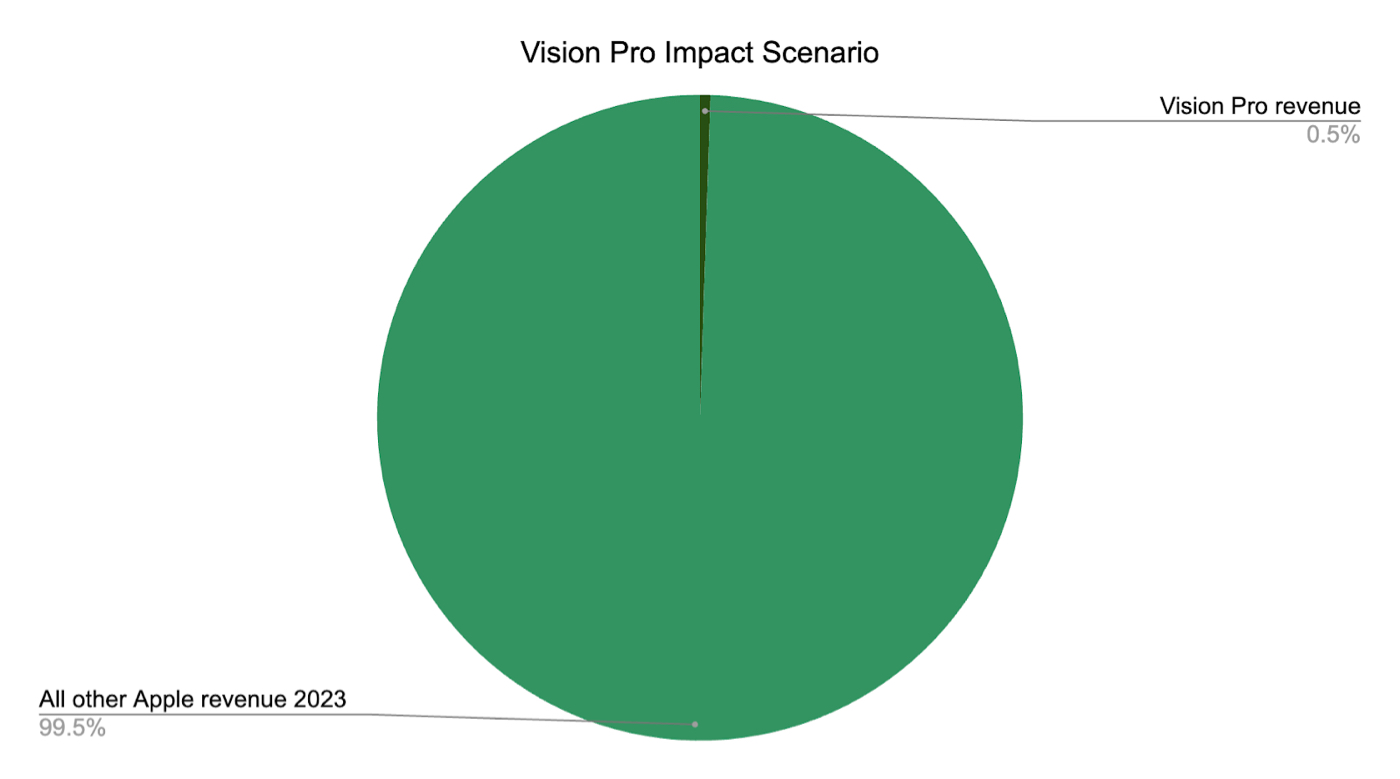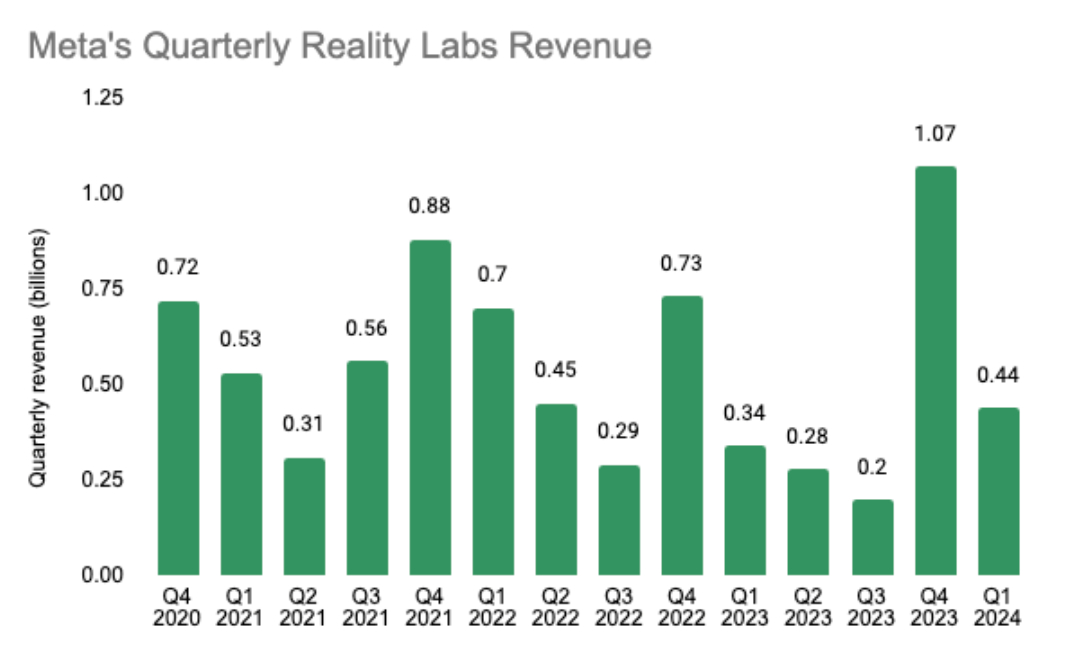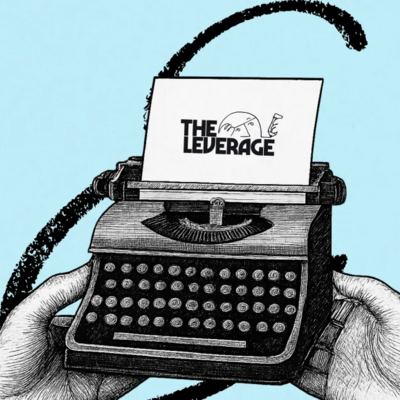
Was this newsletter forwarded to you? Sign up to get it in your inbox.
It has been 161 days since I confidently declared that Apple’s Vision Pro was the future of consumer electronics. It has been 148 days since I boldly argued that the Vision Pro did not need a killer app to succeed. It has been 89 days since I loudly proclaimed that Apple had the making of a hit on its hands.
Now, it is time for me to eat crow. I was wrong—on the timing, at least.
Last week, Bloomberg reported that the Vision Pro would sell fewer than 500,000 units in its first year of release. Assuming an average revenue per device of $4,000—$500 above the base model’s U.S. price, to account for currency fluctuations and device upgrades—and that Apple optimistically manages to move 500,000 units, its impact looks something like this if added to Apple’s 2023 revenue:
Source: Apple’s SEC filings and author’s napkin math.Relative to the $383 billion that Apple earned in the last fiscal year, a best-case scenario for the Vision Pro is like a Republican trying to vote in San Francisco—which is to say, inconsequential. And lest you think I’m casting stones on newly invented technology, when Apple released the iPhone, the company sold over 1 million iPhones within 74 days of its release.
The other reason for which I’m eating my words is that I overestimated how close we were on the science. In a recent interview with analyst Matthew Ball, Meta CTO Andrew “Boz” Bosworth said that inventing the new technology required to sell hundreds of millions of units of VR “is probably the greatest challenge that our industry has approached in certainly my lifetime and my generation.” It hasn’t exactly been a consumer hit, as the data reveals: Meta’s Reality Labs’s paltry sales total $7.5 billion since the fourth quarter of 2020, in comparison with the $134.9 billion in revenue it did in the last year alone. This includes the well-reviewed Meta Ray-Bans and VR headset Quest 3. Between this and Apple, you are looking at a virtual reality market for hobbyists—the tech simply isn’t there yet.
Source: Meta SEC filings (no napkin math required).
There are three reasons for which virtual reality devices have not managed to hit expectations—each of which indicates something not just about VR, but the future of technology.
The three factors holding back VR
What can be is pretty burdened by what has been. Virtual reality, unlike personal computing innovations like the iPhone and the Macintosh, is not a clean break from what already exists. It is a technology that is only possible within the context of the internet. Network effects from previous technology paradigms translate fairly neatly into VR because the devices are reliant on the data and user profiles linked to the internet. Certain consumer internet companies like Netflix will continue to be popular, regardless of the state of VR technology. I’ve previously called this effect “big screen everywhere,” where VR will grant you the ability to interact with your preferred service or content on the best screen you’ve ever had, anywhere you want.
However, this context also makes it harder for new applications to break through. Developers are competing not only with any new applications that the hardware enables, but also with the other participants in the attention economy that are porting over their network effects. As a hardware maker, you are forced to compete on how much more useful and better your “big screen everywhere” is compared to existing options, like smartphones or laptops. Your VR headset won’t have many unique and cutting-edge applications because developers have only minor incentives to make custom things for your device. This is bad for VR because…
The science isn’t advanced enough (or why my “no killer app” idea was wrong). I have yet to try a VR device that doesn’t make me physically uncomf. The tech isn’t advanced enough, forcing device makers to make serious tradeoffs—whether the compute happens on your head, how long the battery lasts, or how clear the screen is. As a result, devices are often too heavy (like Apple’s) or tethered to computers (like the Bigscreen Beyond headset).
The Only Subscription
You Need to
Stay at the
Edge of AI
The essential toolkit for those shaping the future
"This might be the best value you
can get from an AI subscription."
- Jay S.
Join 100,000+ leaders, builders, and innovators

Email address
Already have an account? Sign in
What is included in a subscription?
Daily insights from AI pioneers + early access to powerful AI tools











Comments
Don't have an account? Sign up!